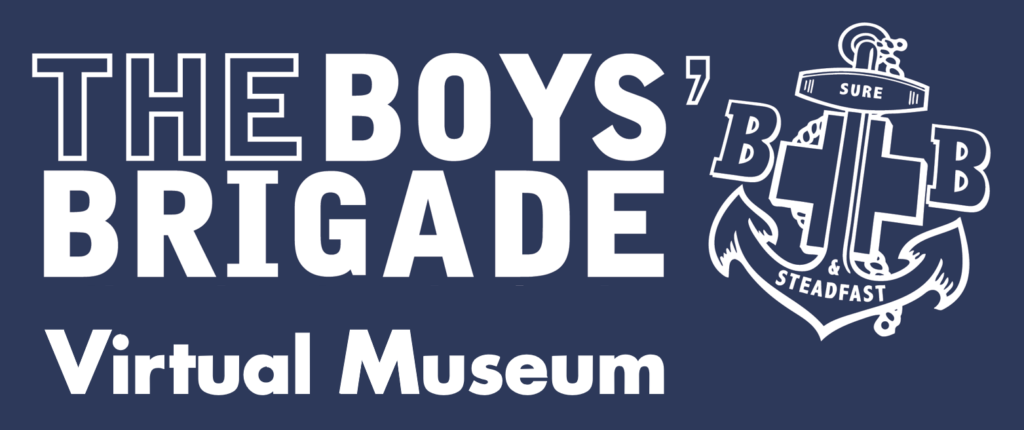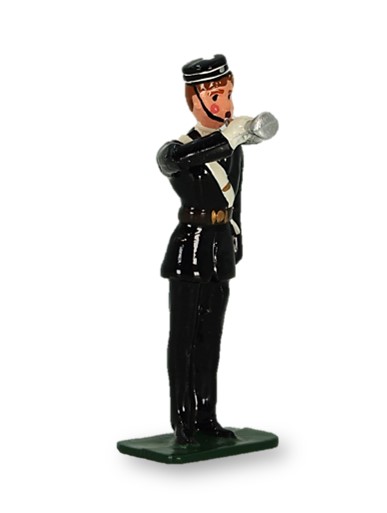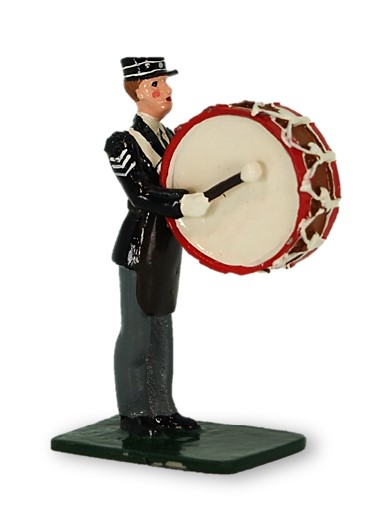Lifeboys
Overview:
The Lifeboys founded in 1920, was the junior organisation of The Boys’ Life Brigade. The principle was that of the playground, working in close connection with the Sunday School. Following the Union of The Boys Brigade and Boys’ Life Brigade in 1926, the junior organisation of the combined organisation adopted the name the Life Boys, and this name was in use until 1966, when it became known as the Junior Section.
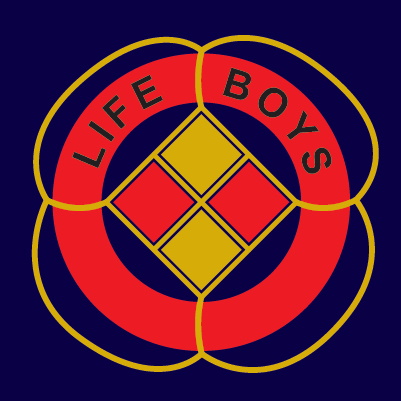
The story in more detail:
The Lifeboys founded in 1920, was the junior organisation of The Boys’ Life Brigade. The principle was that of the playground, working in close connection with the Sunday School. Boys were admitted from the eighth birthday until they reached their twelfth birthday, and then they were transferred to the Boys’ Life Brigade Company. Lifeboy teams could be formed at Churches where no Boys’ Life Brigade Company was in existence, however this was rare, and generally they were attached to Churches which also had a BLB Company. Lifeboy Teams did not have a numerical designation, instead they were known by a local area, street name, or more commonly the Church as their Team designation.
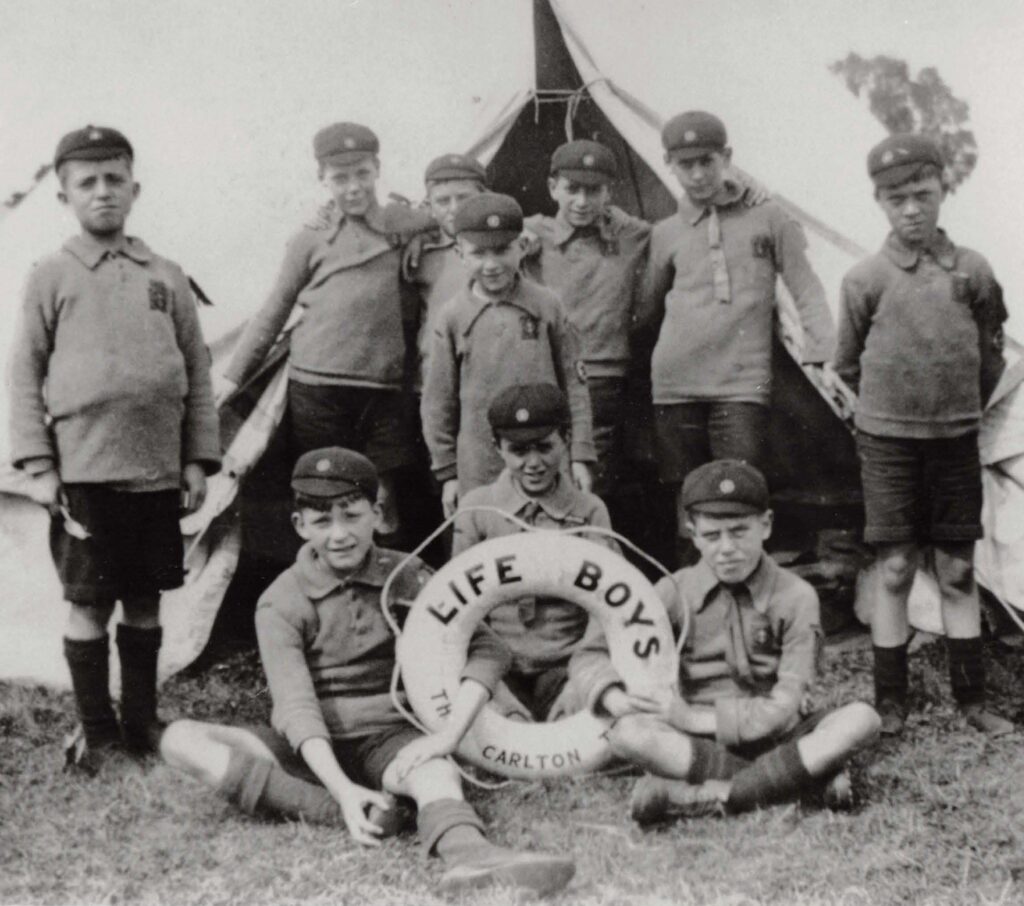
The BLB Constitution and Regulations published in 1923 states: The actual relationship of a Team to a Company of the B.L.B. should be left to local units to arrange as conditions determine, always providing that the four following conditions arc observed:
- The Team is the junior section of the Company.
- It shall form a reserve or supply for the Company, and at the age of 12 boys shall be transferred from the roll of the Team to the Company.
- The government of the team shall be primarily in the hands oi the Leader and Assistant Leaders, subject to such other arrangements as shall be made by the Church officials for the proper control of the Team. The Captain of the Company is ex officio a member of the governing committee.
- The basis of the work shall be that of the playground and not the parade ground, and no part of the Boys’ Life Brigade programme shall be taught.
As with the Boys’ Life Brigade Company program being developed in the early 1920’s, the activities were designed to cater for all aspects of the boys development, including social skills, physical development and spiritual guidance. The Boys Manual of The Boys’ Life Brigade issued in 1926, stated: The aim of the Lifeboy Team is to develop the boy on all sides of his character, to give him a preliminary training for the part he will have to play in social activities, guide him in the care of his body, assist him in the development of his mind, and lead him to the knowledge that these three things can only be satisfactorily used if they are under the control of the higher or spiritual side of his nature.
To support this a system of badges was introduced where boys worked for his team or group. Badges were not awarded individually, but to the group, and therefore were not worn as part of the uniform. The only uniform requirement was the Lifeboy badge to be worn on the school cap, however a saxe blue jersey with woven badge and dark blue shorts was also available.
By October 1926 there were 332 Lifeboy Teams operating throughout the United Kingdom. Following the Union of The Boys Brigade and Boys’ Life Brigade in 1926, the junior organisation of the combined organisation adopted the name the Life Boys, and this name was in use until 1966, when it became known as the Junior Section.
Media Files
BLB Links
Share This
Teams
This list was compiled using record held in the archives of The Boys’ Brigade. If there are any errors or omissions please contact us.
